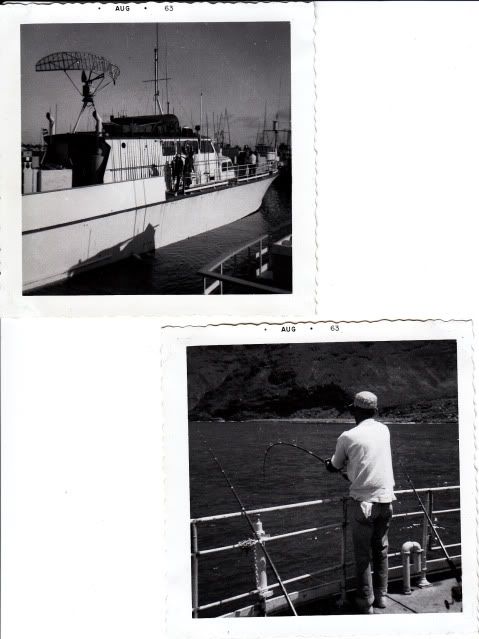Originally posted by BajaDanD
They do not allow cleaning of fish on the boat on long range trips. Mexican law does not allow cleaning of fish on the boat it was caught on. Some
over night boats do it, even some two dayers, but the long range boats dont.
Most fish are flash frozen on the first part of the trip. fish caught near the end of the trip, some boats put in a Refridgerated salt water brine.
This is best
Most people do not trade their fish for Canned they might trade some but most is taken by one of the local fish processors. They are there waiting
when a long range boat comes in. They clean cut and package your fish and even ship it to you.
The tuna that was frozen looks a little beat up but isnt really. The fish that went into the RSW comes out sushi grade if handled gently.
DanD
[Edited on 6-18-2009 by BajaDanD] |







 Someone is going on a fish diet.
Someone is going on a fish diet.












 ... the only thing pink i'll eat is taco
... the only thing pink i'll eat is taco !
!